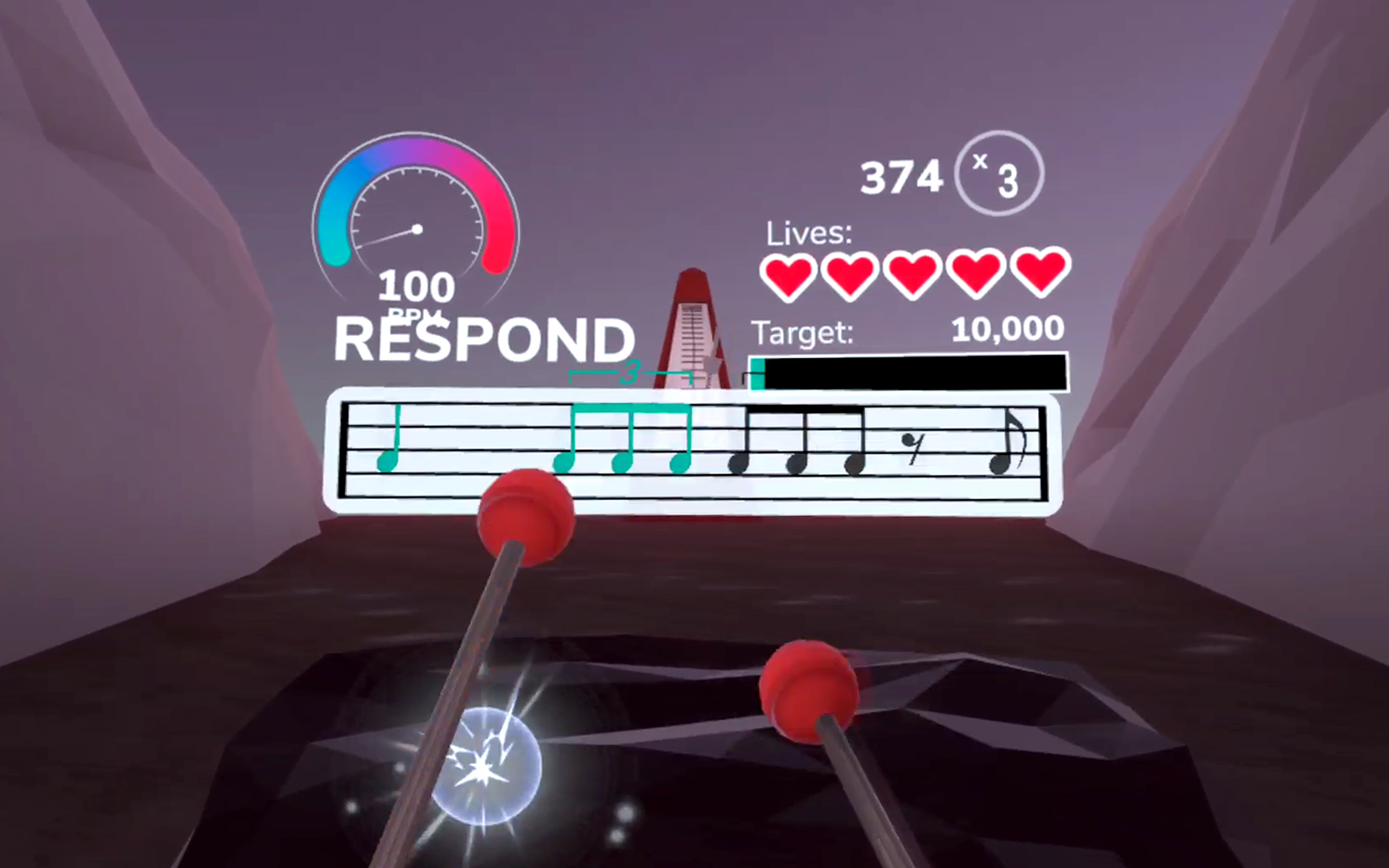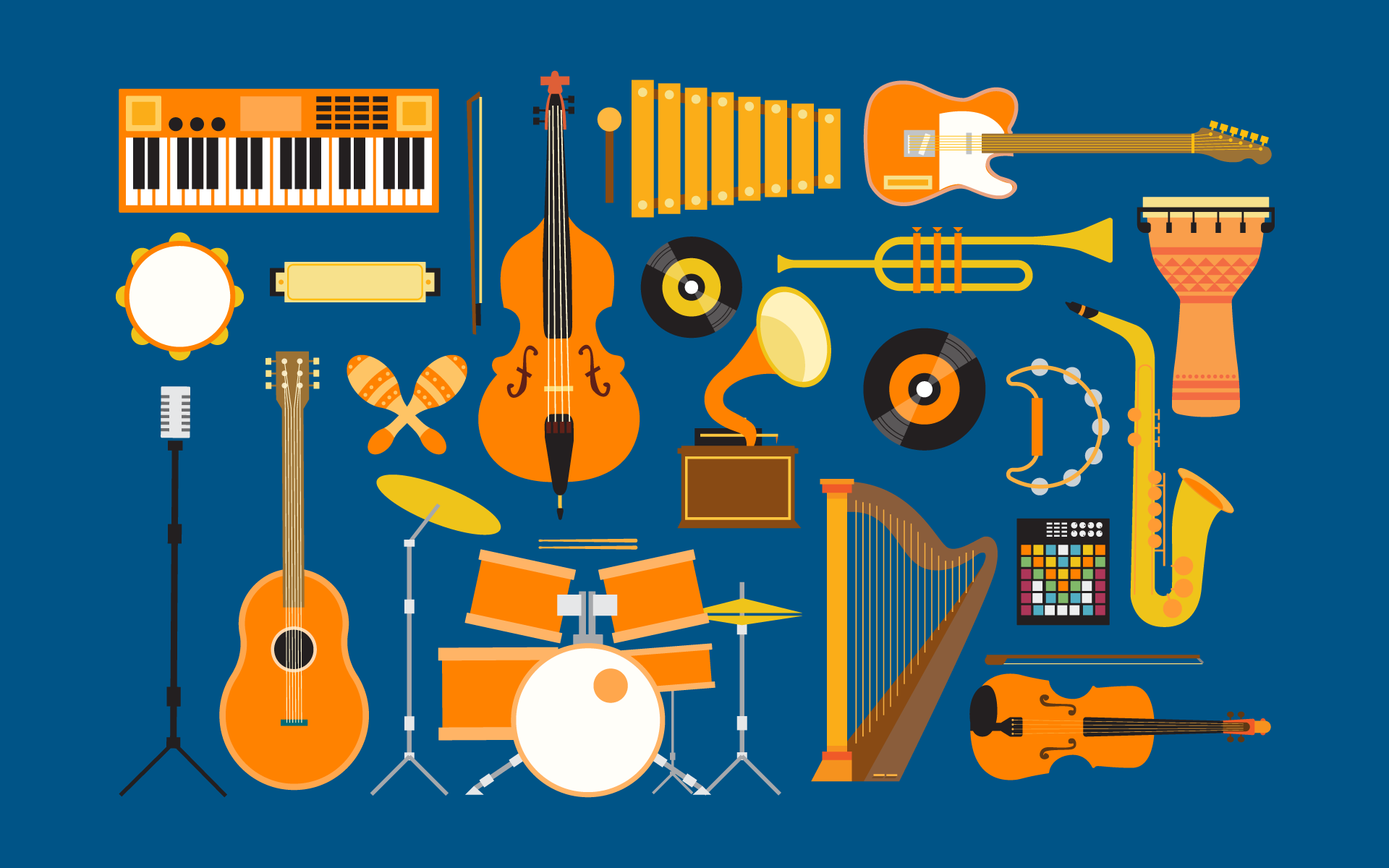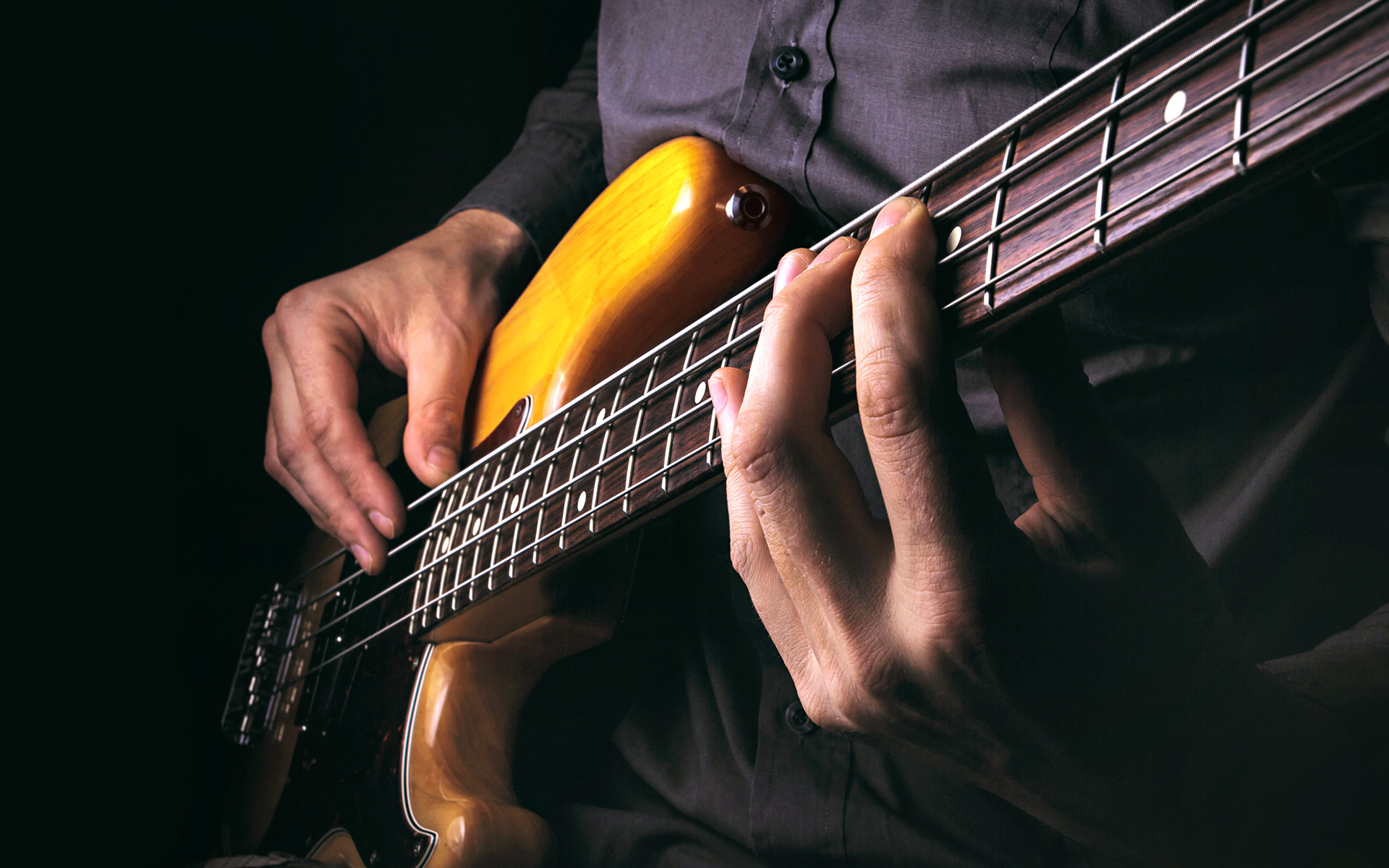The following information on ear training is excerpted from the Berklee Online course Ear Training 2 , written by Gaye Tolan Hatfield. This article also includes supplemental material from Ear Training 1, written by Allan Chase and Roberta Radley. Both courses are currently enrolling.
Ear training is all about building mental connections—connections among sound, notation, musical terms, our voices, and the keyboard or other instruments. With ear training, we learn to hear what we read, write what we hear, sing what we read, recognize and name what we’re singing or hearing, and play what we sing or hear. The musicianship skills we gain through training our musical ear and building these connections are essential for making music creatively and expressively as a performer, improviser, accompanist, composer, producer, or teacher. Below are some of the ear training exercises that will help you develop skills to become a better musician
What is the Ear Training Process?
My simple theory is, if you can sing it, you can hear it! Once you hear it, you can sing it, and then, write it down! Mastering ear training tools responsibly and with regular practice can lead to a true sense of empowerment within music. It is my hope that with the knowledge I share with you, you’ll be one step closer to ear training super power status! I cannot emphasize enough, that just like any musical endeavor, the best way to improve your ear training skills is to practice.
What is the Purpose of Ear Training?
Inner hearing (also called audiation) is a term for our ability to imagine or remember sounds. If you have already taken Ear Training 1, you have likely already built a strong sense of inner hearing. With inner hearing, you should be able to recall and recognize the sounds of the basic building blocks of rhythm, melody, and harmony.
The most useful form of inner hearing for most musicians is relative hearing—hearing musical relationships and proportions. In pitch (melody and harmony), this is called functional hearing—hearing notes and chords according to their function in the key. At any given time, only one note is the tonic, and only one chord is the tonic or I chord, and other notes and chords get their tendencies and energy from their relationship to that tonic note and chord. We also learn to recognize rhythms by the relative placement and length of the notes in the meter, even though the tempo might change.
Does Ear Training Work?
We generally recognize melodies and chord progressions by hearing the function and interval relationships (distances) between the notes and chords, not by the exact pitches used. For example, listen to the end of “Happy Birthday” played in two different keys:
We recognize these as the same song, even though the notes are different, because the relationships among the notes are the same. Likewise, we recognize these as the same chord progression, played in different keys. They follow the same pattern.
Now listen to the chords of “Happy Birthday” played in two different keys:
How Hard is Ear Training?
Anyone can learn relative pitch and rhythm perception, and it’s extremely useful because relative hearing, patterns, and function in the key are how we recognize and perceive the great majority of music we hear: tonal and modal music. Music of this type has a key, a tonic, and a meter. This will all become clearer as you develop your inner hearing step by step! Here are a few additional drills you should try once you’ve got a good grasp of the basic concepts of ear training.
Singing the Root
In this first video, I’ll introduce you to some beginner ear training techniques to help you identify chord progressions.
Picking simple three-chord or four-chord songs and singing the root note of each chord as it passes can help develop your ear to recognize chord progressions. We’ll use the song “Under the Boardwalk” by the Drifters as an example of this, singing the root notes in solfege as I play the song.
Conducting in 6/8
In this video, we’ll go over what it means to conduct in the 6/8 time signature. The 6/8 pattern is used for slower tempo music, where there are six eighth notes to a bar. I’ll show you the pattern to a metronome click, and demonstrate that the pattern can be used as a basis for more complex time signatures such as 7/4 or 5/8.
Identifying the I, IV, V
In the next video, I will introduce you to some additional beginner ear training techniques to help you identify melodic patterns. We’ll explore how to pick out chords like the I, IV, and V by listening for a dominant cadence and/or a subdominant cadence, the latter of which is known as a plagal cadence. In addition, we’ll get into a few songs like “Here Comes the Bride,” “Louie Louie,” and “Wild Thing,” which are helpful benchmarks for identifying chords in a progression.
TAKE A COURSE WITH GAYE TOLAN HATFIELD
Ear training is the cornerstone of musical development, offering musicians a method to connect with the essence of music itself. As you continue to delve into the intricacies of pitch, notation, and rhythm, you’ll notice these connections that you make between what you see and what you hear (and vice versa) will help you across just about everything you do in music. So, as you embark on your ear training study, remember that practice is the key to improving your accuracy.












